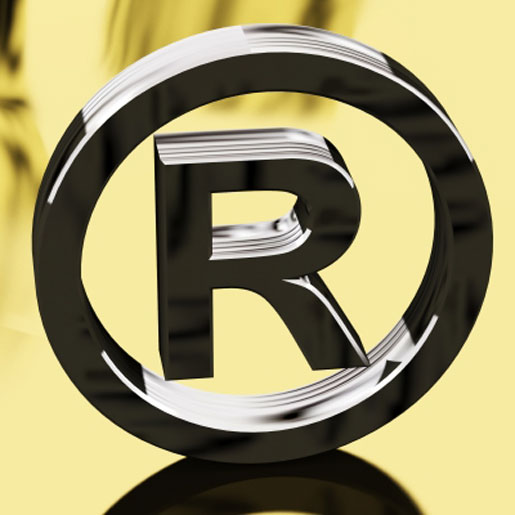Trademarks 101: What Medtech Businesses Need to Know
What's in a name? A lot, when it comes to naming your new medical device. Here is an expert's advice on trademarks for medtech companies.
January 25, 2016

What's in a name? A lot, when it comes to naming your new medical device. Here is an expert's advice on trademarks for medtech companies.
Josh Gerben
Choosing the right name for your medical device product is one of the most important parts of your branding and marketing strategy. But even more important is choosing a name to which you can obtain a federally registered trademark. If you move forward with a name that already has a trademark, or is considered too generic or descriptive to garner trademark protection, you are setting your business and your brand up for failure. Here’s a quick overview of what medtech businesses should know when it comes to trademarks.
Protect Your Name and Prevent Customer Confusion
One of the main reasons why it’s so important to obtain a trademark for your medical device product names is to prevent other businesses from using the same name (or a similar name) as your products. Similarly named products don’t only create confusion among both physicians and consumers, but could also damage your brand’s reputation and your profit margin.
Think about it this way—if your medtech company owns the federally registered trademark for your sports-focused prosthetic leg, the “Altha Knee,” and another medtech manufacturer wants to use “Athla Leg” as the name of their prosthetic technology, their trademark would most likely be turned down by the United States Patent and Trademark Office (USPTO) due to the likelihood of confusion between the name they want to use and the trademarked name you own. Securing a federal trademark for your product names gives you the highest level of protection against infringement in the United States.
Trademarks Don’t Offer Completely Exclusive Rights
One thing worth pointing out is that in the process of registering a trademark, you must select a class of products, services, and goods for which you want your trademark to be valid. Effectively, this allows you exclusive rights to use the name within a particular industry, but not in industries that are unrelated to your business focus.
To expand on our previous example, if a clothing company wanted to register the trademark “Athla Leg” for their knit legwarmers, the USPTO may grant them the registration. Because the clothing industry and the medical device industry are completely different, there is much less of a likelihood of confusion and therefore, the name may be approved. However, if a company that manufactured compression hosiery tried to register “Athla Knee” or “Athla Leg” for their products, the similarity between their industry and your industry would likely cause the USPTO to deny their application.
Trademark Time and Cost
From start to finish, the trademark registration process typically takes between 8-10 months (and sometimes longer), which includes around four months for the USPTO to review your application, as well as a mandatory 30-day publication period in which anyone can object to your application. But keep in mind that this doesn’t include the time necessary to prepare your trademark application filing.
Registering a trademark is more affordable than you may assume—and given the protection that it offers, is well worth the cost. The USPTO charges a $275 filing fee for each class of goods or services in which you want to register a name. Medical device manufacturers typically register goods under Class 10 which includes “surgical, medical, dental and veterinary apparatus and instruments, artificial limbs, eyes and teeth; orthopedic articles; suture materials,” but it is important that you consider registering a trademark in all applicable categories to your particular product.
Many medtech manufacturers seek the services of a trademark attorney to help lead the trademark application process and increase the chances of a successful application the first time. While hiring an attorney does come with additional costs, most businesses find that they actually save money versus the time and opportunity costs associated with filing a trademark application on their own.
Keep Trademarks in Mind When Developing Marketing and Branding Strategy
To protect your medtech products and your business, educate yourself about the trademark process. Ensure you can obtain a trademark on product names. Understand what kind of protection a trademark offers your business. And keep in mind the time and cost associated with filing a trademark application. Learning about the trademark process will help keep trademark-related issues top-of-mind as you’re developing your product branding and marketing strategy.
Check out the future of medical technology at the world's largest medical design and manufacturing event—register for the MD&M West Conference, February 9-11, 2016. |
Josh Gerben is the principal of the Gerben Law Firm, PLLC, a firm that focuses specifically on trademark law and services. Gerben Law works with businesses across the US and the world looking to protect their assets both online and offline. You can learn more about Josh on his blog.
[Image courtesy of STUART MILES/FREEDIGITALPHOTOS.NET]
You May Also Like

.png?width=300&auto=webp&quality=80&disable=upscale)
